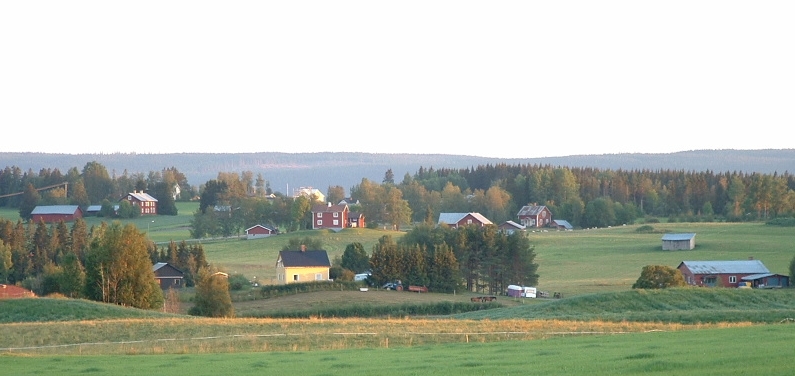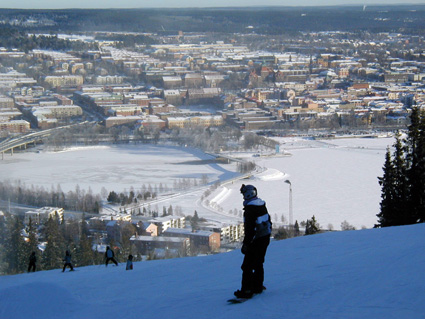- Target: 100% renewable energy
- Status: In progress
- RES: Hydropower, windpower, cogeneration and biofuels.
- Implementation: Jämtland County is the third largest county in Sweden. The largest share of electricity production in Jämtland (93%) is generated from hydropower (11.2 TWh in 2013). The county has 83 hydropower plants. The remaining 5% of electricity generation is based on wind power (0.6 TWh in 2014) and 2% is based on bioenergy (0.2 TWh).
Jämtland County first became motivated to switch from fossil fuel use during the 1973 oil crisis. At that time, oil made up more than 80% of the heating fuel mix. Today, no heating oil is used. The County’s Energy Agency has provided an educational program about the benefits of renewables, which has encouraged local citizens to make the switch.
Due to its abundant forest resources, well-developed infrastructure in forests, expertise in logistics and district heating, Jämtland's bioenergy production is flourishing. There is strong political support and backing by the municipal and regional authorities. Östersund municipality, Jämtland's only city, has facilitated this development by setting ambitious climate change policies and targets and has shown proactive municipal leadership. There is also a high interest among other regional actors (local energy companies, forest owners associations, networks and knowledge institutions) in tapping the new opportunities for utilizing forest- and waste-based biomass in the bioeconomy. Bioenergy expansion is said to be attributed to the use of economic instruments such as a carbon dioxide tax, green electricity certificates, tax exemption for biofuels in transport, and direct investment support. Support for bioenergy started already in the 80s’ when investment grants were given to convert boilers and heat plants from oil to other fuels, including biofuels.
Overall, stable EU and national regulatory frameworks has been fundamental to advancing the bio-based industries in Jämtland and Sweden in general. - Population: 127 376 (2015)
- Area: 34,009 km²
- Link: NordRegion Working Paper


- In Swedish